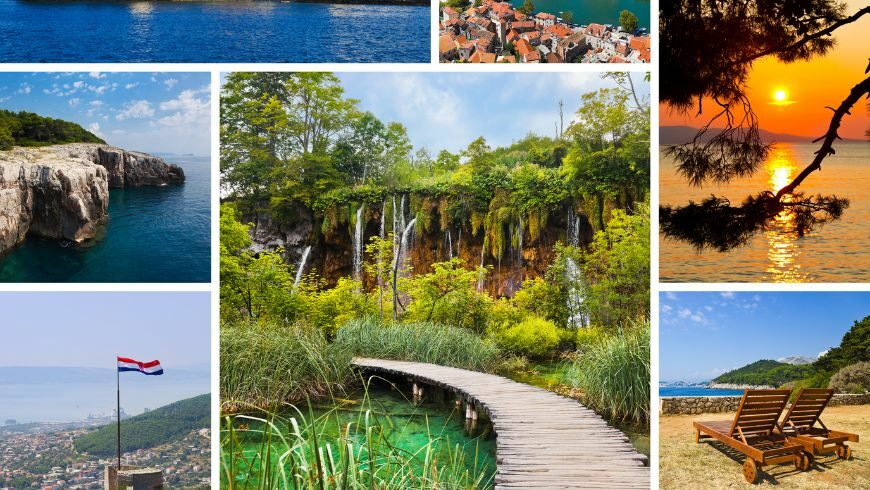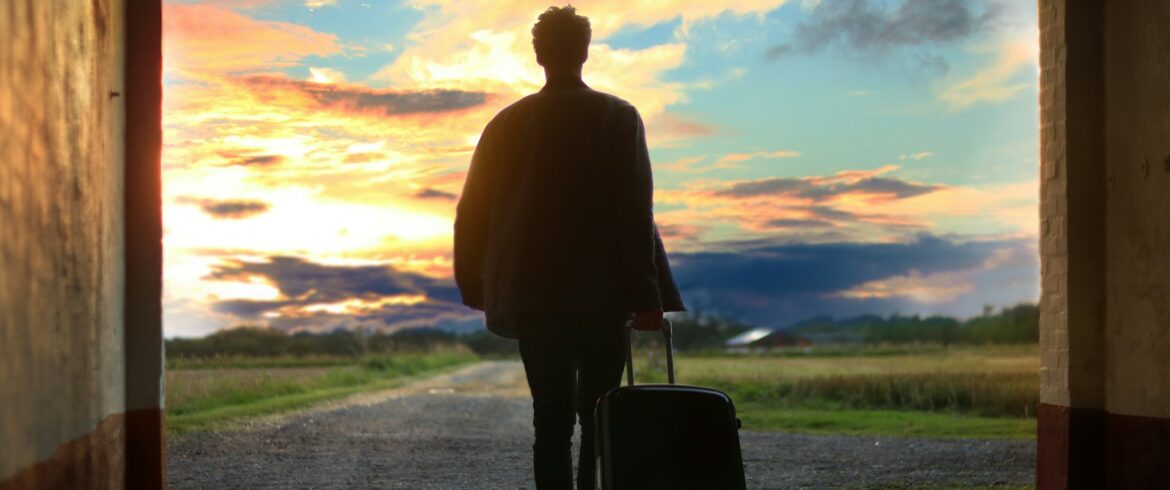You’ve just returned home from your dream sustainable trip – your carbon footprint shrank to a negligible smudge on the Earth’s surface, and your travel left ecosystems smiling (or so you hope). And now what? The best way to save these precious memories is more than random selfies in front of buildings or old, fading Ferris Wheel tickets. It’s about time you construct a digital archive of your sustainable travel journey – a rich, organized, accessible treasure trove of your eco-conscious adventures. So, how do you even start?
Sustainable Paths, Meaningful Journeys, and More
First of all, it’s worth noting that sustainable travel is much more than just a trendy, virtue-signaling phrase to throw around at reunion parties. The crux is this: travel so that it doesn’t bulldoze the places you visit. We’re talking about environmental mindfulness and respect for local cultures. Sustainable travel is a basic courtesy to the planet and its inhabitants – one we’ve somehow managed to forget.
Here’s a picture: a traveler embarks on a hiking trail with a small footprint (in every sense), leaving no plastic waste or chemical-filled sunscreen residue. Here’s another one: tourists avoid over-tourism hubs, seek out local guides rather than opting for mass-produced tours, and take public transport instead of renting a car. The main point is that sustainable travelers leave behind more goodwill than pollution. That is important because our globetrotting habits gobbling up resources—forests, oceans, and cultures.
Because memory banks need some sustainable keys
A digital archive allows us to revisit the past in high resolution while sitting in our pajamas. These days, the eco-friendly way to keep memories is to store them digitally (even though the digital can also leave a footprint) – no need for pyramids of printed photos or hefty scrapbooks. Of course, there are other reasons to digitalize the best times you’ve ever had:
- You’re able to access your travel experiences from anywhere, anytime.
- Digital records don’t deteriorate over time (unlike that one embarrassing postcard you sent yourself back in the day).
- A digital archive helps you stay organized and intentional about what you save and don’t.
- Digital files can be endlessly copied, backed up, and shared. Think cloud instead of closet.
Our phones and laptops are now a kind of extension of our identities, and by archiving your sustainable journey, you’re recording the person you were during those eco-conscious trips without having to—although indirectly, but still—chop down some trees to do so.

How to create a digital archive of your sustainable travel journey (without going overboard)
Our main objective here isn’t to encourage dumping files into a rarely revisited folder marked TRAVEL. We’re talking about a conscious act of curating your experience so that future-you can make sense of it later. Start with categorizin
Choose your tools wisely. Pick your storage, whether it’s Google Photos, iCloud, or a good old external hard drive. These act as your digital vaults. If you’re serious about sustainability, cloud storage is your friend (you get bonus points for renewable energy-powered servers). Ensure you have good backups because even memories need a safety net.
Think about purpose. You don’t need 47 pictures of that one sunset. Instead, pick the most poignant shots—focus on moments that capture your journey’s spirit. Organize them by location, day, and theme. Don’t forget to tag them properly (and not just random beach days).
Another thing: write everything down. Nope, your Instagram captions don’t count. Journal entries – real ones – are a powerful addition to your archive. Reflect on what you’ve learned about sustainable travel and the places you visited. Even a few lines can give future-you context to place the pictures and videos in.
Lastly, remember that there’s a reason people say less is more. A ten-second clip of wind rustling through trees says more than 20 minutes of shaky footage that feels like an offbeat tribute to the dullest parts of The Blair Witch Project. Keep your videos short and sweet—no one, not even you, will want to sift through hours of raw footage later.

Conclusion
Your journey doesn’t end when you return home. It just takes a different form – a more reflective one. By creating a digital archive of your sustainable travel journey, you are preserving more than just images and memories; you’re crafting a narrative of mindful exploration. Ultimately, it’s a collection for yourself and perhaps a small contribution to the wider conversation about how we move through this planet – and what we leave behind.
Featured image: Foto di Mantas Hesthaven su Unsplash

Author’s bio: Shelby L. is the marketing manager at Capture, a platform dedicated to helping people preserve their most meaningful memories through digital archiving. Passionate about sustainable travel and eco-conscious storytelling, she explores innovative ways to document experiences while minimizing environmental impact. Through her work, Shelby encourages travelers to embrace mindful memory-keeping that aligns with a greener future.
